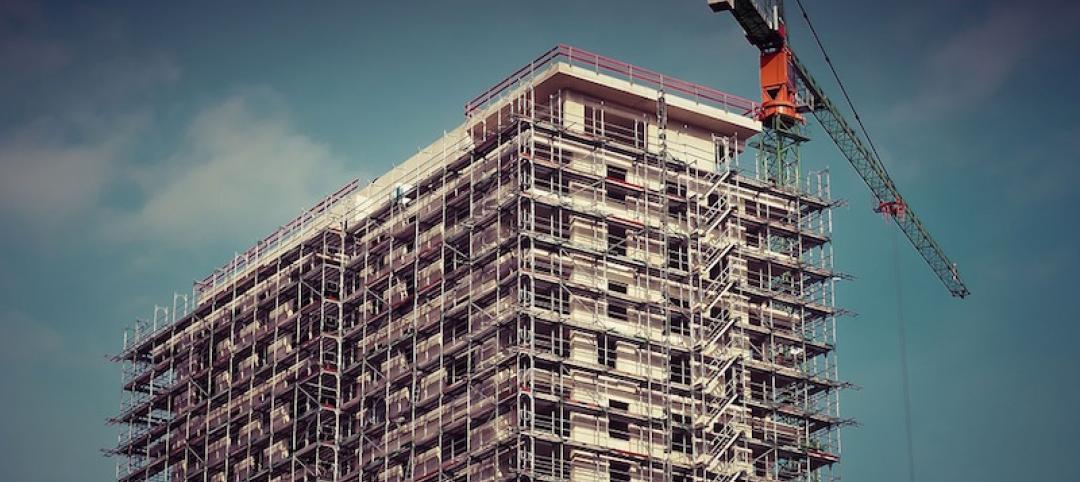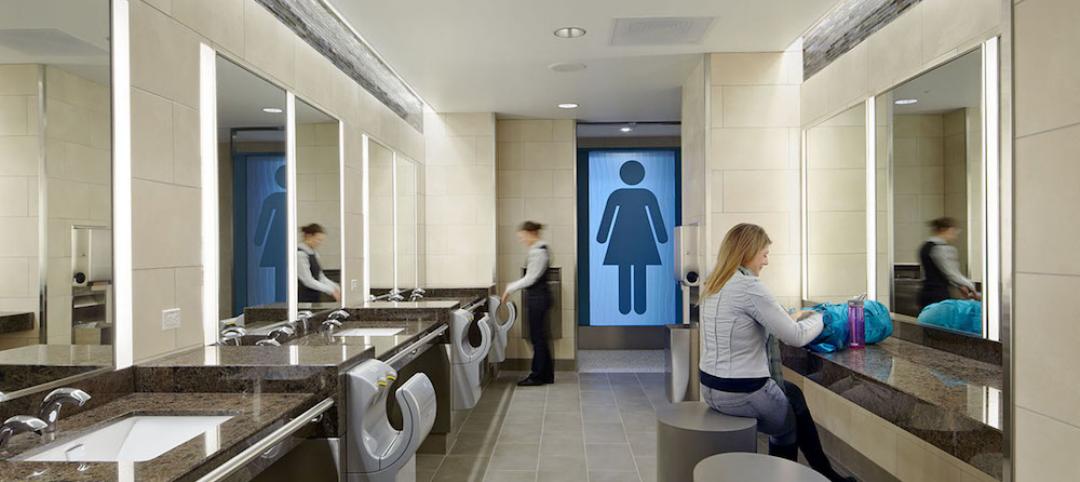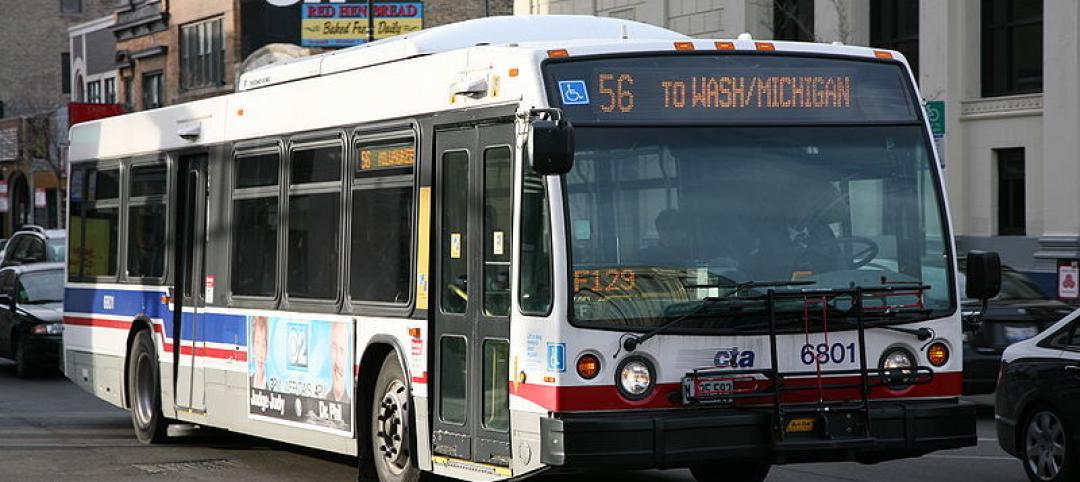Recently released county and metro-level population growth data by the U.S. Census Bureau shows that the fastest growing areas are found in exurbs and emerging suburbs.
Analysis of the data by Cushman & Wakefield shows population growth in all areas since the 2020 census, with the exception of urban cores that have had declining numbers. In 2022, however, the rate of decline in urban counties slowed significantly, buoyed by the resumption of international migration following the Covid pandemic.
The Dallas–Fort Worth metroplex grew by roughly 170,000 residents, outpacing the metro area with the second largest population gains, Houston, by nearly 50,000 people. The New York metro region saw its population shrink by about 139,000.
Since the 2020 Census, Austin, Texas and Raleigh, N.C., rank as the two fastest growing metros on a percentage basis among major markets.
Here are Cushman & Wakefield's five takeaways from its recent analysis of the census, as authored by Sam Tenenbaum, Head of Multifamily Insights:
- Further-flung counties, those in Exurbs and Emerging suburbs, saw their population grow the fastest, with the former growing by 1.9% and the latter by 1.5%. These areas continue to accelerate population gains.
- All districts saw population gains with the exception of Urban Cores. However, with international migration making a big rebound in 2022, those counties saw the biggest change in population, stemming the tide of major population declines experienced from 2020-2021.
- Urban cores saw 70% of international migration among major U.S. counties in 2022 but high costs pushed more residents out, with domestic migration outflows of more than 1.1 million people.
- Mirroring the urban core rebound, Gateway markets largely saw the largest turnaround in population growth with New York, San Francisco, King County (Seattle) and Miami representing the biggest change in population growth from 2021 to 2022. New York and San Francisco still saw net population losses, but they were much limited than 2021.
- The Dallas–Fort Worth metroplex grew by roughly 170,000 residents, dwarfing No. 2 Houston by nearly 50,000 people. On the other hand, the New York metro division saw its population shrink by about 139,000. Since the 2020 Census, Austin, TX and Raleigh, NC rank as the two fastest growing metros on a percentage basis among major markets.
Related Stories
Market Data | Aug 16, 2016
Leading economists predict construction industry growth through 2017
The Chief Economists for ABC, AIA, and NAHB all see the construction industry continuing to expand over the next year and a half.
Healthcare Facilities | Aug 9, 2016
Key strategies to reduce healthcare facility costs and maintain operations
The right approach during the planning, design, and construction of a new facility can yield a positive return on investment and lower the overall cost basis for ongoing operations, writes Steve Higgs, Senior Managing Director with CBRE Healthcare.
Laboratories | Aug 8, 2016
The lab of the future: smaller, flexible, tech-enabled, business focused
A new CBRE report emphasizes the importance of collaboration and standardization in lab design.
Industry Research | Aug 5, 2016
47 states experienced improvement in year-over-year construction unemployment rates in June
The drop in the construction unemployment rate from June 2015 extends the uninterrupted monthly sequence of year-over-year rate decreases that started in October 2010, according to Bernard M. Markstein, PhD, President and Chief Economist of Markstein Advisors.
Industry Research | Aug 2, 2016
Nonresidential construction spending declines again in June
On a year-over-year basis, nonresidential construction spending has fallen 1.1 percent, marking the first annual decline since July 2013
Industry Research | Jul 26, 2016
AIA consensus forecast sees construction spending on rise through next year
But several factors could make the industry downshift.
Industry Research | Jun 15, 2016
Survey: Americans avoid touching handles but use their phones in public bathrooms
Bradley’s 2016 Healthy Hand Washing Survey offers insights into restroom use.
Industry Research | May 11, 2016
Why corporate bathrooms stink and how good design can fix this
Despite their importance, bathrooms are often overlooked when it comes to building design. Gensler's Johnathan Sandler spoke with people in the industry and detailed some of the biggest gripes.
Big Data | May 5, 2016
The Center for Neighborhood Technology has launched the largest source of transit data in the country
AllTransit analyzes the social benefits of good transit service by analyzing data related to health, equity, and economic development.
Industry Research | May 5, 2016
National survey reveals offices aren’t built to benefit employees
A Saint-Gobain and SageGlass Work Environment Survey found insufficient access to daylight, poor air quality, and distracting noise at workplaces as the major issues experienced by employees
















